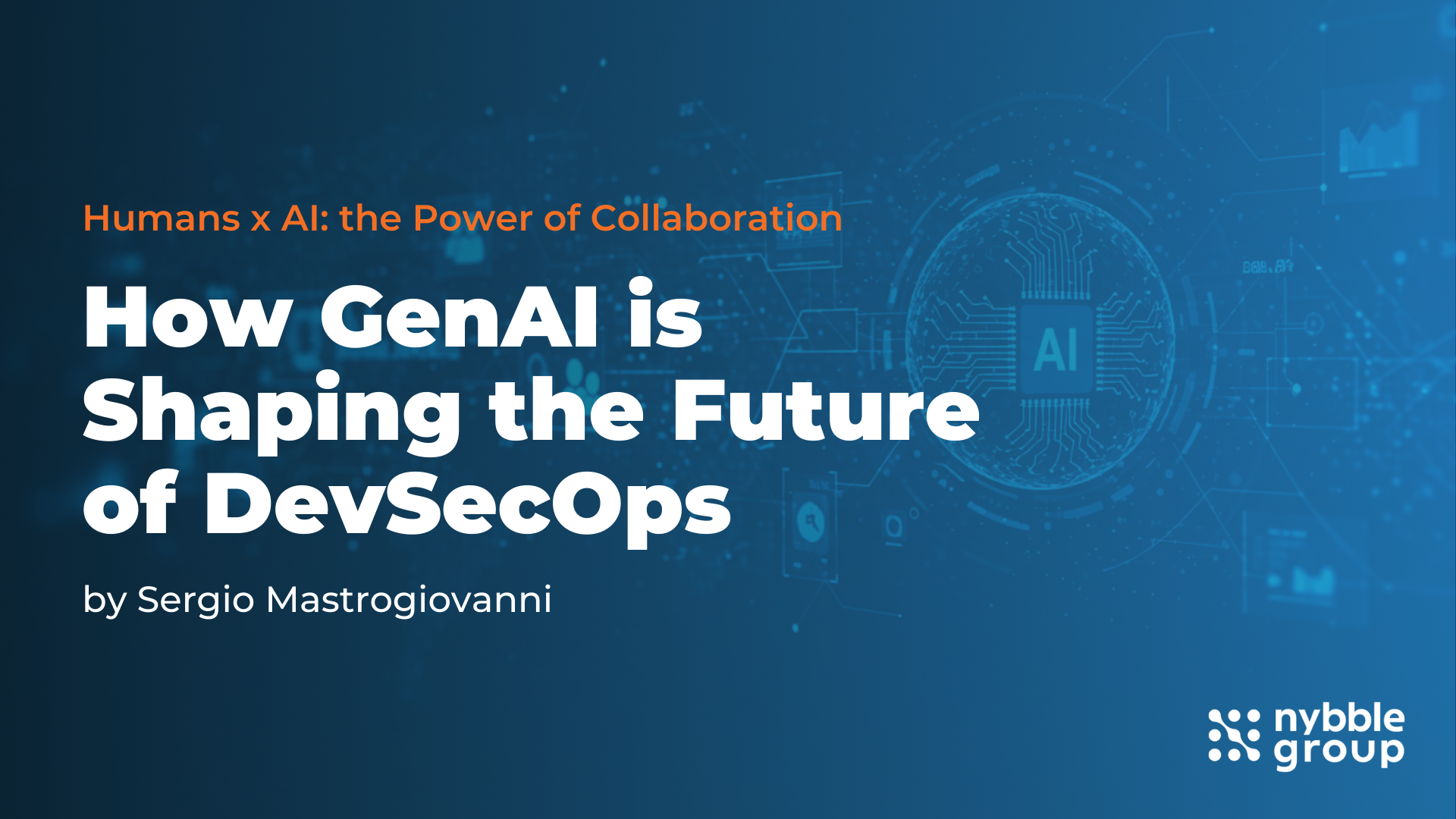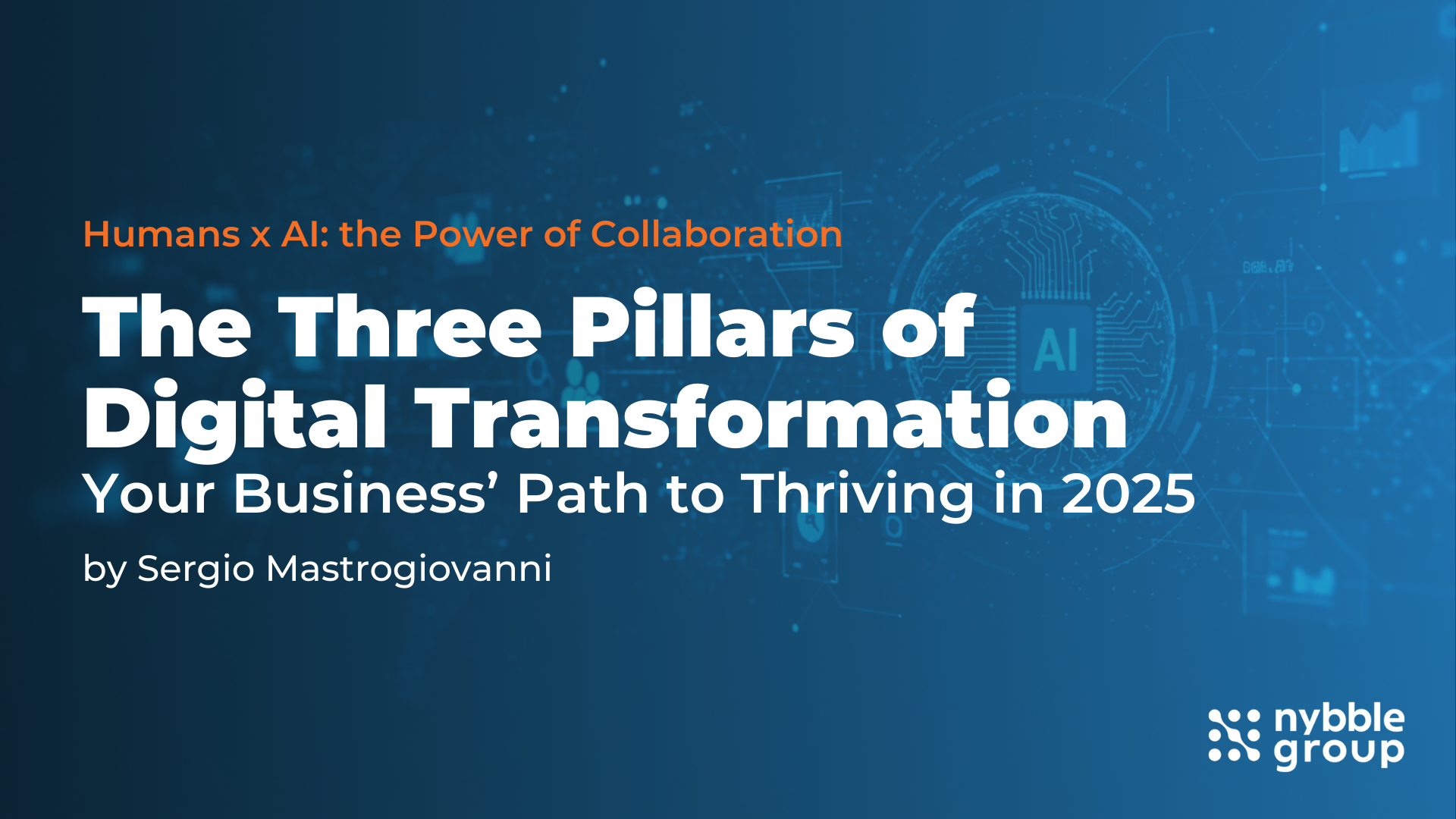This hyper-connected reality comes with its share of risks, from security threats to the ethical implications of data collection. Yet it also brings incredible opportunity: a stage on which innovation, automation, and agile transformation can flourish.
By 2025, digital transformation is no longer optional; it is a mandate for any organization that aims to remain competitive, foster innovation, and adapt to shifting customer demands. For business leaders, policymakers, and workers, the challenge is not whether to adopt these transformations, but how to do so effectively and responsibly.
Entire industries are seeing their fundamental premises challenged. In such an environment, digital transformation means more than simply digitizing old processes, it requires a holistic rethinking of your entire business model, culture, and systems of value creation. While some people think technology is here to replace us, we strongly believe that humans and their behavior are the core drivers behind this transformation.
So, what does it take to navigate this shift successfully? For us, it comes down to three fundamental pillars: Automation, Innovation, and Agility. Together, they shape a digital-first organization that is not just efficient, but also forward-thinking, adaptable, and built to thrive in an ever-changing landscape.
The Three Pillars: Automation, Innovation, and Agile Transformation
1. Automation: Rethinking Operations in Real Time
Robotic Process Automation (RPA) has come a long way since its early days. By 2025, RPA has matured into an integral part of business processes, orchestrating everything from customer support and data entry to financial reconciliation. Platforms now go far beyond simple macro scripts; they use artificial intelligence to handle unstructured data, integrate seamlessly with ERP systems, and even engage in decision-making up to a certain level of complexity.
Low-code development frameworks further amplify the impact of automation. By enabling non-developers to build apps or workflows through visual, drag-and-drop interfaces, businesses reduce their reliance on specialized development talent. Marketing teams can deploy microservices to capture leads, while HR can create onboarding portals—often in a matter of days. This democratization of software creation has led to a fertile ground of rapid experimentation and innovation within organizations.
When businesses automate repetitive tasks, their teams can focus on bigger-picture strategy. What used to take weeks of manual work now happens seamlessly, with data flowing at every step to drive continuous improvement. The minute you ditch the manual grind, you start rethinking workflows from the ground up, creating a flexible, fast-moving organization that thrives on change.
2. Innovation: Capturing Value from Incremental to Disruptive
Technological shifts, especially in fields like AI, blockchain, and IoT, are expanding the boundaries of what’s possible. However, adopting these technologies haphazardly can result in superficial gains at best, and a waste of resources at worst.
To truly innovate, organizations must embed a culture of experimentation. That means setting aside budget, time, and talent to explore “blue sky” ideas, rapid prototyping, and iterative feedback loops. Innovation requires more than just brainstorming. With 100% of our day (in some form or another) generating data points, organizations have unprecedented opportunities to glean insights into user behavior, product performance, and market trends. These insights should inform where companies devote their R&D budgets. Rather than guesswork, real-time analytics and AI-driven predictions offer a sharper lens into what customers want, even before they know it themselves.
Companies that continuously innovate stand at the forefront of their industries, setting trends rather than reacting to them. True innovation requires a willingness to pivot quickly, embrace failures as lessons, and keep humans at the center of new product or service development. Essentially, technology should serve as the backbone for these transformations, but people and their creative visions drive success.
3. Agile Transformation: the Framework for Rapid Adaptation
Agile started as a set of principles for software development but has evolved into a comprehensive approach for how companies operate. By breaking down large projects into manageable sprints and encouraging cross-functional collaboration, agile empowers teams to deliver value incrementally, respond swiftly to new data, and pivot in response to market changes. While agile frameworks (such as Scrum or Kanban) were once confined to the IT department, 2025 sees them deployed widely—from marketing to human resources to finance. Enterprises adopt techniques like SAFe (Scaled Agile Framework) or LeSS (Large-Scale Scrum) to synchronize multiple agile teams working on interconnected projects. This cross-pollination fosters a more cohesive, innovation-focused culture.
In a world of continual disruption, agility is not a luxury; it’s a necessity. By delivering incremental updates and maintaining open lines of communication, agile companies identify flawed ideas or unnecessary steps much faster. They correct course early in the development cycle, saving time and resources. The ability to learn fast and implement changes even faster can become an unassailable competitive advantage.
Humans in the Loop: the cornerstone of meaningful transformation
No matter how sophisticated automation and AI become, they cannot replace human empathy, leadership, or creativity. The term human in the loop originates in AI ethics and control, but it applies broadly. Humans validate and contextualize machine-generated insights, ensure ethical boundaries are not crossed, and bring their emotional intelligence and nuanced understanding of culture to the table.
Ethical oversight: AI-driven tools may inadvertently perpetuate biases, and automation can disrupt job markets, and only people can design responsible upskilling or reskilling programs to soften the impact.
Creative vision: Machines can churn out data-driven recommendations, but they struggle with big leaps of creative thinking. Humans remain the visionaries who can imagine entirely new business models or products.
Adaptability and resilience: in a crisis, whether that be a global pandemic or a sudden supply chain break, human judgment is irreplaceable. People are able to find workarounds, take calculated risks, and mobilize resources quickly.
See? It’s not people versus technology, but people plus technology. Digital transformation flourishes when technology is harnessed to elevate human potential, not to devalue or replace it.
Although digital transformation has come into sharp focus in recent years, we are only scratching the surface. Emerging technologies such as quantum computing, advanced neural networks, and decentralized blockchain architectures promise to further reshape everything from manufacturing to healthcare to global finance. Businesses that wait too long to adapt may find themselves irrelevant in a world where agility, innovation, and user-centric design are taken for granted.
Automation, innovation, and agile methodologies form the triad that allows organizations to stay resilient in a volatile world, yet none of these are truly effective without human involvement. It is people who set the strategic vision, interpret machine-generated insights, and bring empathy and ethical considerations to the table.
Are you ready to redefine your business for 2025 and beyond? Let’s create a future in which digital solutions elevate human creativity, collaboration, and strategic thinking.




